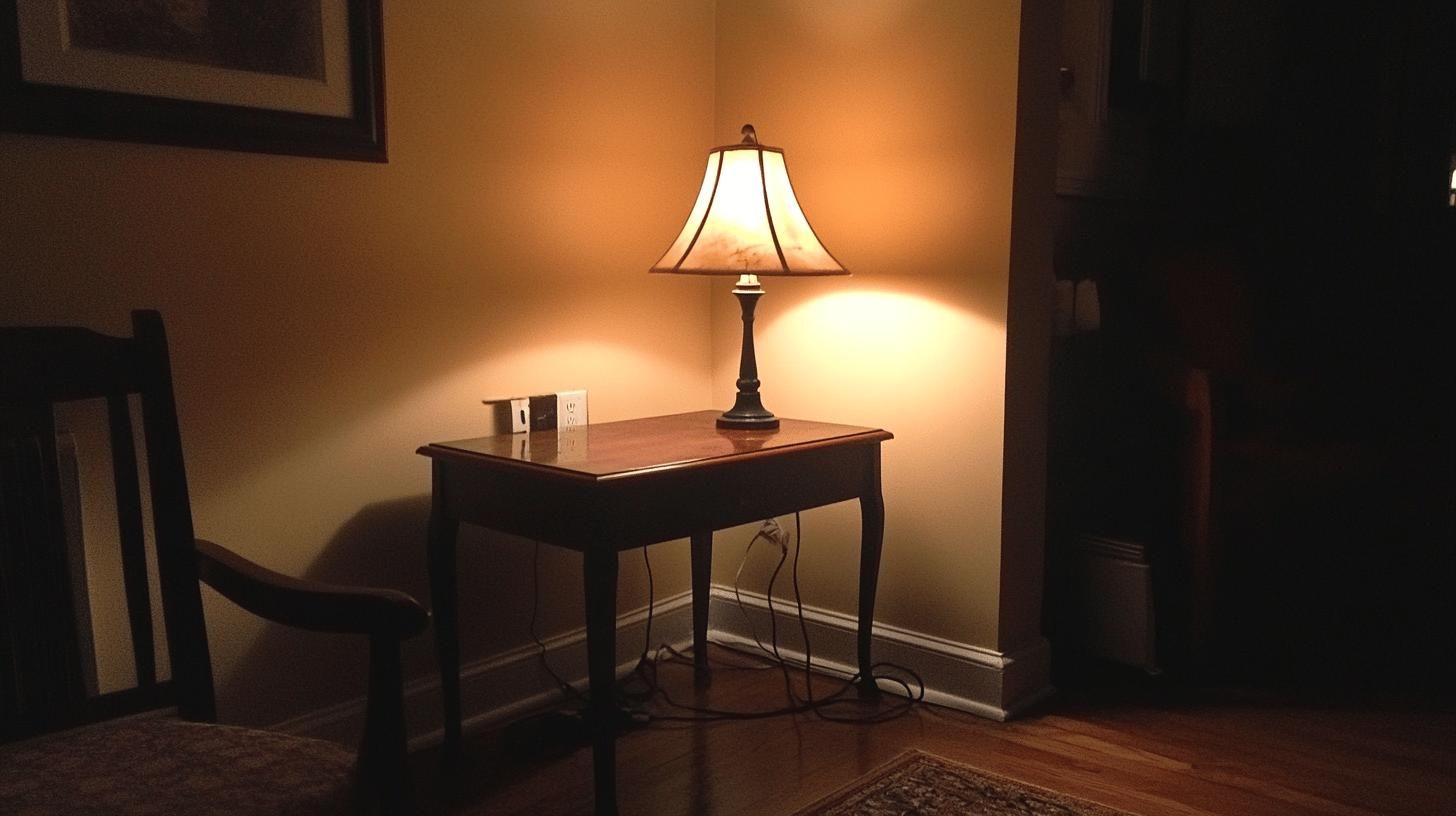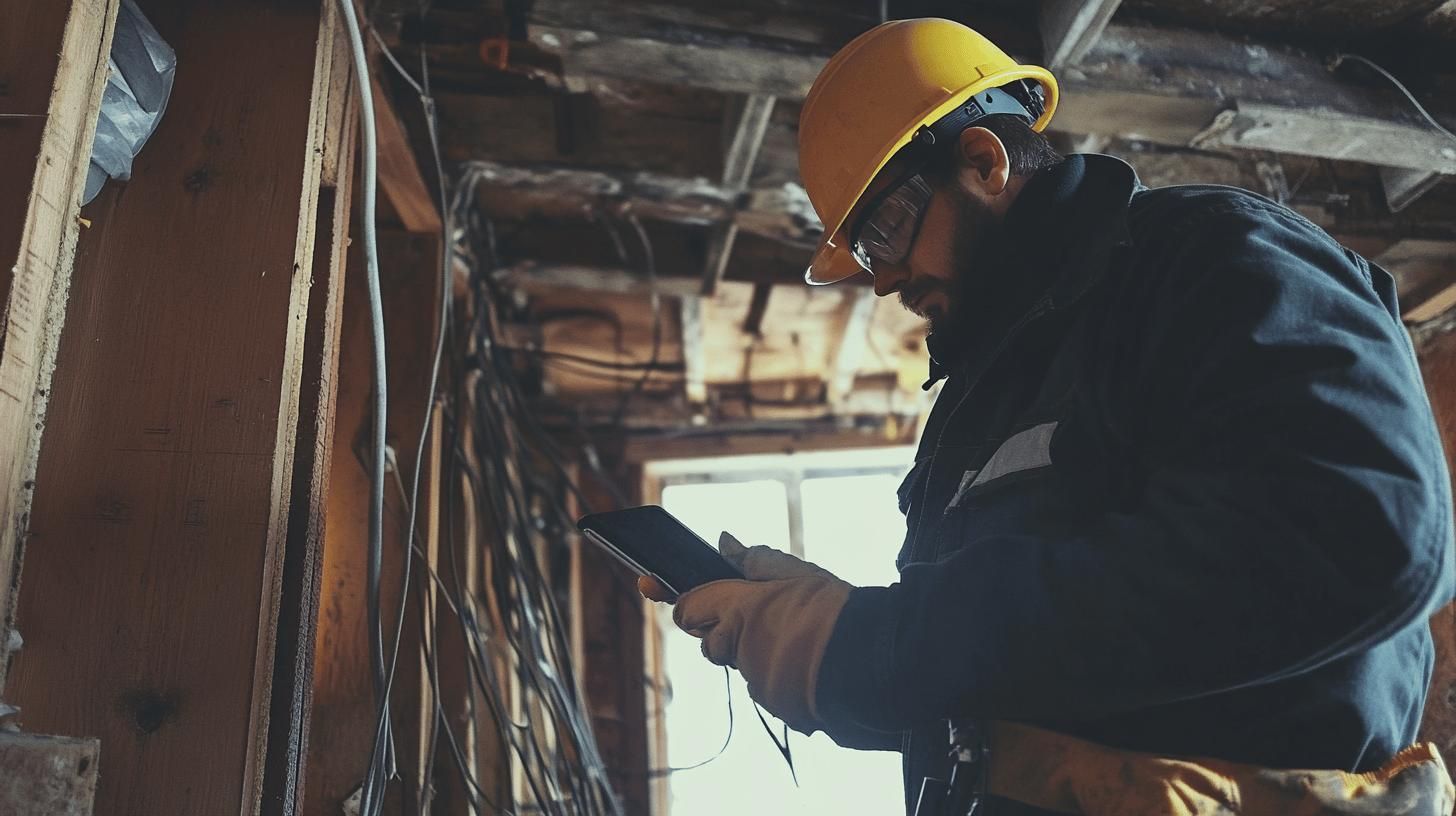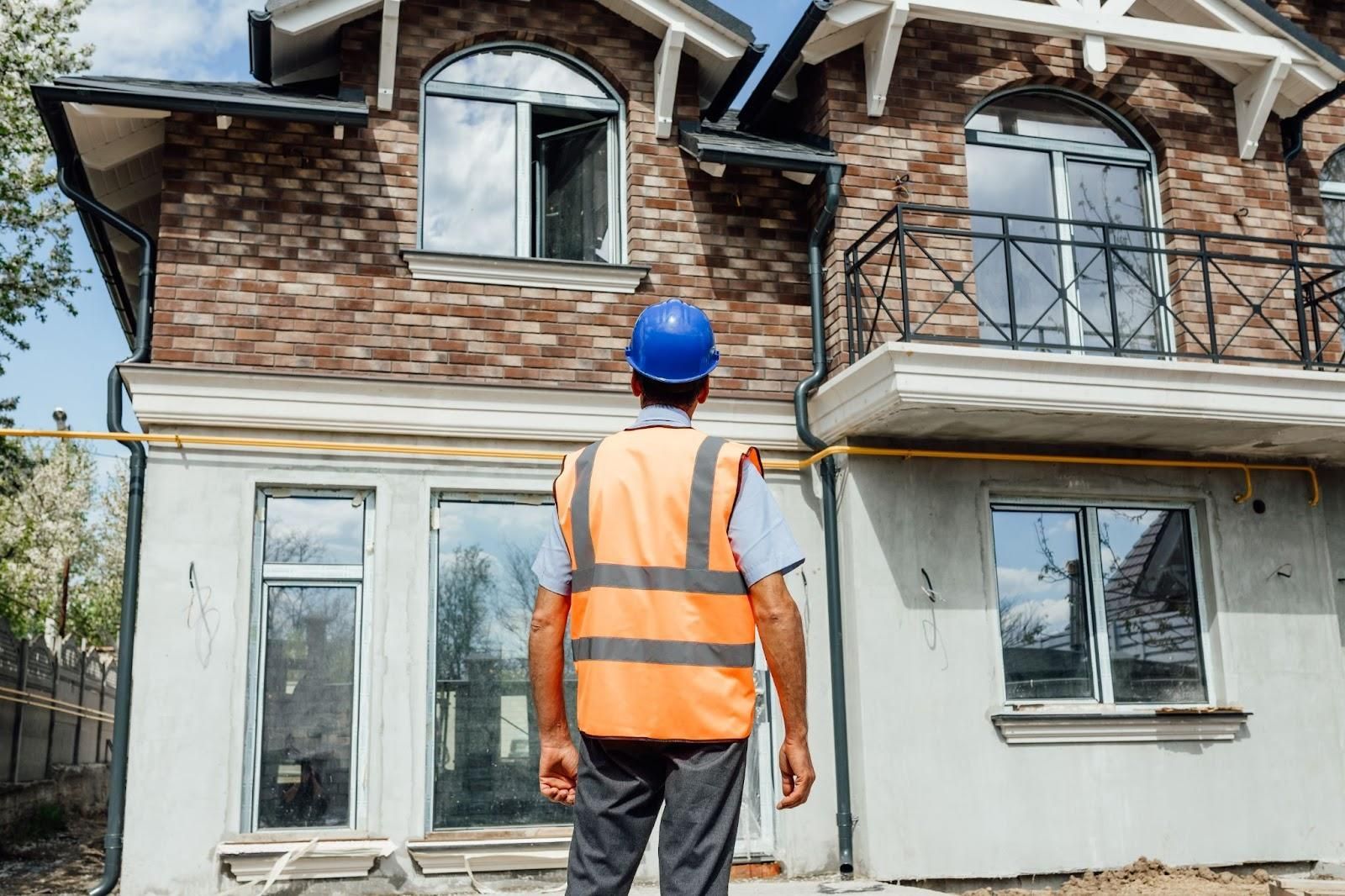Electrical Issues: Outdated Wiring and Overloaded Circuit Risks
- Outdated wiring in homes over 40 years poses fire risks (e.g., knob-and-tube or aluminum wiring).
- Signs of electrical issues: frequent circuit breaker trips, flickering lights, discolored outlets, buzzing outlets, burning smells.
- Overloaded circuits occur when devices exceed circuit capacity, leading to overheating and potential fires.
- Solutions include distributing devices, avoiding permanent extension cords, checking panels, and installing additional circuits.
- Upgrading electrical systems enhances safety, increases appliance capacity, and improves efficiency.
- Call a certified electrician for persistent issues like breaker trips or burning smells, and for major upgrades to ensure safety and compliance.
When was the last time you checked the wiring in your home or business? Outdated wiring and overloaded circuits aren’t just inconveniences—they're serious safety hazards, leading to potential electrical fires and frequent power outages. Recognizing telltale signs like frequently tripped circuit breakers, buzzing outlets, and burning smells is crucial. Understanding these issues empowers property owners to protect their investments and ensure safety. Track the signs before a small issue turns into a big problem.
Understanding Electrical Issues: Outdated Wiring and Overloaded Circuits
Outdated wiring poses serious risks like electrical fires and power outages. Homes over 40 years old often have systems such as knob-and-tube or aluminum wiring, which fall short of modern safety standards. As these materials deteriorate, they expose wires that catch fire easily. Additionally, outdated systems struggle with the power demands of modern appliances, leading to overloaded circuits and failures.
Overloaded circuits occur when too many devices pull power from a single circuit, exceeding its capacity. This can cause overheating and potential fires. Circuit breakers may trip often as a safety measure, but ignoring these signs can lead to more severe problems. Too much load generates excessive heat, damaging wires and appliances. Immediate attention to circuit overloads is crucial to prevent these hazards.
Some damages of outdated wiring and overloaded circuits include:
- Frequent circuit breaker trips
- Flickering or dimming lights
- Buzzing outlets
- Burning smells from outlets
- Discolored or warm wall plates
Identifying Signs of Outdated Wiring in Your Home

In homes over 10 years old, outdated wiring can pose significant safety risks. Here are telling signs:
1. Look out for discolored outlets or warm wall plates, which suggest wires may be deteriorating and pose a fire risk.
2. Performance issues like frequently tripped circuit breakers or flickering lights indicate the system can't handle modern energy needs, highlighting the need for prompt action.
A certified electrician's assessment is key to identifying outdated wiring. While homeowners can spot surface signs, only a professional can thoroughly evaluate a system's integrity and compliance with current codes. Electricians not only confirm faulty wiring but also suggest solutions. Regular inspections help prevent potential hazards from escalating.
Overloaded Circuits: Causes, Signs, and Solutions
Circuits overload when the electrical demand outstrips designed capacity. Too many devices on a circuit draw more current than it can handle, often tripping circuit breakers as a safety measure. This is common in homes heavy with extension cords or power strips, putting high-power devices on one circuit. Balancing loads across circuits maintains safety.
Signs of overload are clear and shouldn't be ignored. Buzzing from outlets or panels suggests struggling wiring. Burning smells indicate melting insulation from excessive heat. Warm or discolored wall plates signal fire hazards, needing immediate investigation.
Addressing overloaded circuits involves:
- Distributing devices across multiple circuits to avoid overloads.
- Avoiding extension cords as permanent solutions.
- Checking electrical panels for damage.
- Installing more circuits in high-power areas, like kitchens.
- Seeking professional inspections to handle modern demands.
Implementing these solutions reduces risks from circuit overloads, protecting your property and safety.
The Importance of Upgrading Old Electrical Systems

Upgrading old electrical systems is vital for home safety and efficiency. Homes over 40 years old often have outdated wiring that can't meet current demands, like knob-and-tube or aluminum wiring. These pose risks of electrical fires. Modern living heavily relies on electronics, easily overwhelming old wiring, leading to overloads and outages. Upgrading aligns your home’s wiring with safety standards and avoids danger.
Modern wiring offers numerous benefits:
- Enhanced safety with durable materials
- Increased capacity for appliances, ensuring reliable power
- Better efficiency and lower energy bills
- Compliance with safety standards, boosting property value
Updating wiring extends beyond safety, improving function and efficiency. Upgrades protect against hazards and offer a modern, competent electrical setup.
Professional Help: When to Call an Electrician
Certified electricians ensure safe electrical upgrades and resolve issues like outdated wiring and overloaded circuits. Their expertise ensures compliance with electrical codes, reducing risks of fire and failures. Electricians are equipped to upgrade systems, install circuits, and fix hidden problems, preventing hazards and ensuring your electrical system's safety.
Regular inspections identify issues before they become serious. An electrician assesses your home’s wiring for needed updates or repairs. If you notice frequent breaker trips or burning smells, call an expert immediately. Planning major upgrades or rewiring also necessitates professional help to ensure all work is safe and compliant with standards.
- Frequent circuit breaker trips
- Burning smells or buzzing outlets
- Planning a major electrical upgrade or rewiring
Final Words
Addressing electrical issues like outdated wiring and overloaded circuits is vital for property safety and efficiency. Such problems pose significant risks, including electrical fires and power outages. Recognizing signs like discolored outlets and buzzing sounds is crucial for early detection. Emphasizing electrical safety fosters a secure environment for homeowners and business owners alike.
FAQ
What happens if you keep overloading a circuit?
Continuously overloading a circuit can cause overheating, leading to electrical fires and damage to electronic devices. Regular overloading stresses the wiring and components, increasing the risk of failure and hazards.
What is considered outdated wiring?
Outdated wiring refers to electrical systems lacking modern safety standards. Signs include frequently tripped circuit breakers, discolored outlets, and flickering lights.
What are three warning signs of an overloaded electrical circuit?
Warning signs of an overloaded circuit include frequent circuit breaker trips, buzzing outlets, and burning smells. These indicate excessive electrical demand or faulty components, requiring prompt attention.
What are the hazards of inadequate wiring and overloaded circuits?
Inadequate wiring and overloaded circuits pose hazards like electrical fires, power outages, and device damage. They can compromise home safety and efficiency, needing professional assessment and upgrades for risk mitigation.











